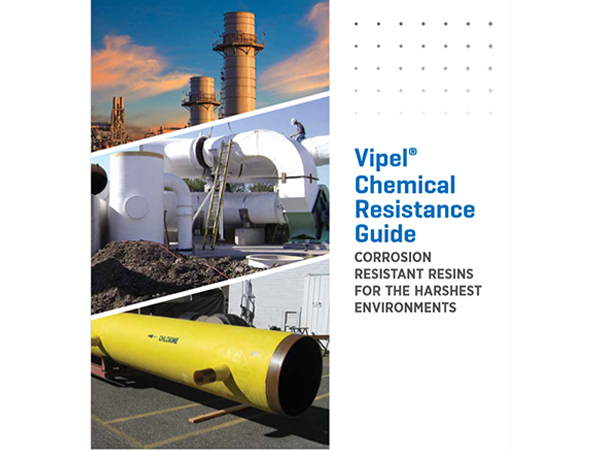
-
 Afrikaans
Afrikaans -
 Albanian
Albanian -
 Amharic
Amharic -
 Arabic
Arabic -
 Armenian
Armenian -
 Azerbaijani
Azerbaijani -
 Basque
Basque -
 Belarusian
Belarusian -
 Bengali
Bengali -
 Bosnian
Bosnian -
 Bulgarian
Bulgarian -
 Catalan
Catalan -
 Cebuano
Cebuano -
 China
China -
 China (Taiwan)
China (Taiwan) -
 Corsican
Corsican -
 Croatian
Croatian -
 Czech
Czech -
 Danish
Danish -
 Dutch
Dutch -
 English
English -
 Esperanto
Esperanto -
 Estonian
Estonian -
 Finnish
Finnish -
 French
French -
 Frisian
Frisian -
 Galician
Galician -
 Georgian
Georgian -
 German
German -
 Greek
Greek -
 Gujarati
Gujarati -
 Haitian Creole
Haitian Creole -
 hausa
hausa -
 hawaiian
hawaiian -
 Hebrew
Hebrew -
 Hindi
Hindi -
 Miao
Miao -
 Hungarian
Hungarian -
 Icelandic
Icelandic -
 igbo
igbo -
 Indonesian
Indonesian -
 irish
irish -
 Italian
Italian -
 Japanese
Japanese -
 Javanese
Javanese -
 Kannada
Kannada -
 kazakh
kazakh -
 Khmer
Khmer -
 Rwandese
Rwandese -
 Korean
Korean -
 Kurdish
Kurdish -
 Kyrgyz
Kyrgyz -
 Lao
Lao -
 Latin
Latin -
 Latvian
Latvian -
 Lithuanian
Lithuanian -
 Luxembourgish
Luxembourgish -
 Macedonian
Macedonian -
 Malgashi
Malgashi -
 Malay
Malay -
 Malayalam
Malayalam -
 Maltese
Maltese -
 Maori
Maori -
 Marathi
Marathi -
 Mongolian
Mongolian -
 Myanmar
Myanmar -
 Nepali
Nepali -
 Norwegian
Norwegian -
 Norwegian
Norwegian -
 Occitan
Occitan -
 Pashto
Pashto -
 Persian
Persian -
 Polish
Polish -
 Portuguese
Portuguese -
 Punjabi
Punjabi -
 Romanian
Romanian -
 Russian
Russian -
 Samoan
Samoan -
 Scottish Gaelic
Scottish Gaelic -
 Serbian
Serbian -
 Sesotho
Sesotho -
 Shona
Shona -
 Sindhi
Sindhi -
 Sinhala
Sinhala -
 Slovak
Slovak -
 Slovenian
Slovenian -
 Somali
Somali -
 Spanish
Spanish -
 Sundanese
Sundanese -
 Swahili
Swahili -
 Swedish
Swedish -
 Tagalog
Tagalog -
 Tajik
Tajik -
 Tamil
Tamil -
 Tatar
Tatar -
 Telugu
Telugu -
 Thai
Thai -
 Turkish
Turkish -
 Turkmen
Turkmen -
 Ukrainian
Ukrainian -
 Urdu
Urdu -
 Uighur
Uighur -
 Uzbek
Uzbek -
 Vietnamese
Vietnamese -
 Welsh
Welsh -
 Bantu
Bantu -
 Yiddish
Yiddish -
 Yoruba
Yoruba -
 Zulu
Zulu
Benefits and Applications of Fiberglass Stack Liners in Industrial Settings
The Importance of Fiberglass Stack Liners
In today's industrial landscape, stack liners play a critical role in enhancing the efficiency and safety of emission control systems. Among the various materials used for this purpose, fiberglass has emerged as a preferred choice due to its durability, resistance to corrosion, and lightweight characteristics. This article explores the importance of fiberglass stack liners, their advantages, and the applications where they are most beneficial.
What are Stack Liners?
Stack liners are protective barriers installed inside smokestacks or exhaust stacks to shield them from the corrosive effects of flue gases. These liners are essential for maintaining the structural integrity of the stacks and ensuring compliance with environmental regulations. As industries strive to reduce their environmental impact, the need for effective stack liners becomes increasingly important.
Advantages of Fiberglass Stack Liners
1. Corrosion Resistance One of the primary benefits of fiberglass stack liners is their exceptional resistance to corrosion. Flue gases from combustion processes often contain harmful acids, moisture, and other corrosive agents. Traditional materials like metal can degrade over time, leading to leaks and structural failure. Fiberglass, on the other hand, can withstand these harsh conditions, thereby extending the lifespan of the stack.
2. Lightweight and Flexible Fiberglass is significantly lighter than many other materials used for stack liners. This lightweight property makes it easier to handle and install, reducing labor costs and installation time. Additionally, fiberglass can be engineered to be flexible, allowing it to accommodate the expansion and contraction of structures due to temperature fluctuations.
3. Cost-Effective Although the initial investment in fiberglass stack liners may be higher than traditional materials, their durability and low maintenance requirements can lead to significant cost savings over time. Industries can avoid the costs associated with frequent repairs, replacements, and downtime typically linked to corroded stacks.
fiberglass stack liner

4. Thermal Insulation Fiberglass offers excellent thermal insulation properties, which can help regulate the temperature within the stack. This is beneficial for preventing the condensation of flue gases, which can lead to further corrosion issues. By maintaining optimal temperatures, fiberglass stack liners contribute to overall system efficiency.
5. Environmental Compliance With increasingly stringent environmental regulations, industries must ensure that their emissions meet specific standards. Fiberglass stack liners can contribute to better emission control by preventing leaks and ensuring that flue gases are adequately managed. Compliance with regulations not only helps protect the environment but also enhances a company's reputation.
Applications of Fiberglass Stack Liners
Fiberglass stack liners are widely used across various industries, including power generation, manufacturing, petrochemicals, and waste management. In power plants, for example, these liners help manage the emissions from boilers and turbines, ensuring that harmful substances are adequately contained. Similarly, in the petrochemical industry, fiberglass liners protect stacks from the aggressive chemicals present in the flue gases generated during production processes.
Additionally, fiberglass stack liners can be found in wastewater treatment facilities, where they help mitigate the corrosive effects of gases released during treatment processes. Their versatility and adaptability make them suitable for any application where flue gas management is essential.
Conclusion
In conclusion, fiberglass stack liners are an invaluable asset in modern industrial processes. Their corrosion resistance, lightweight nature, cost-effectiveness, thermal insulation properties, and role in ensuring environmental compliance make them a superior choice for stack lining applications. As industries continue to prioritize sustainability and efficiency, the adoption of fiberglass stack liners is likely to increase, ensuring safer and more effective management of emissions for years to come. By investing in high-quality stack liners, industries can contribute to a cleaner environment while also safeguarding their facilities and adhering to regulatory standards.









